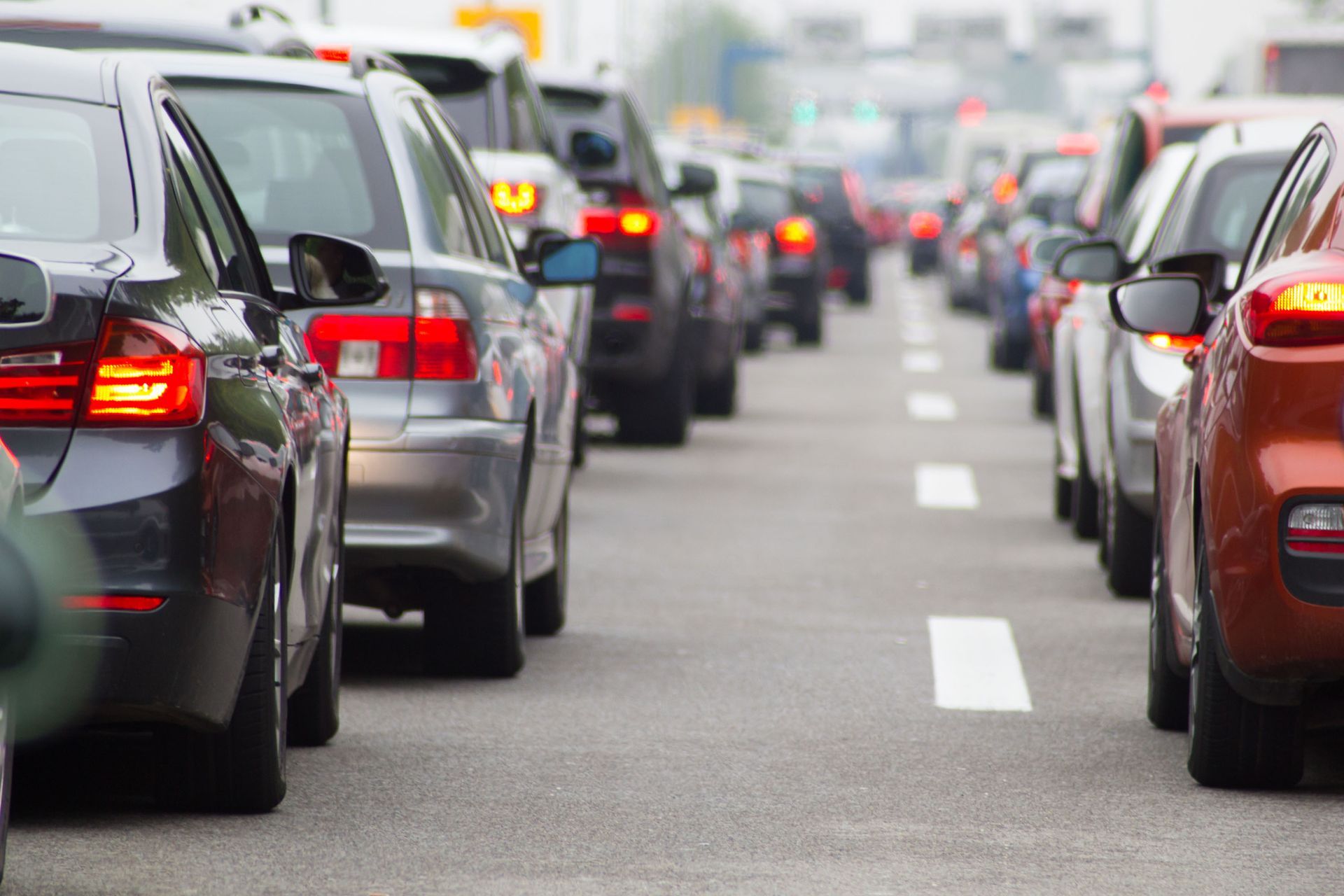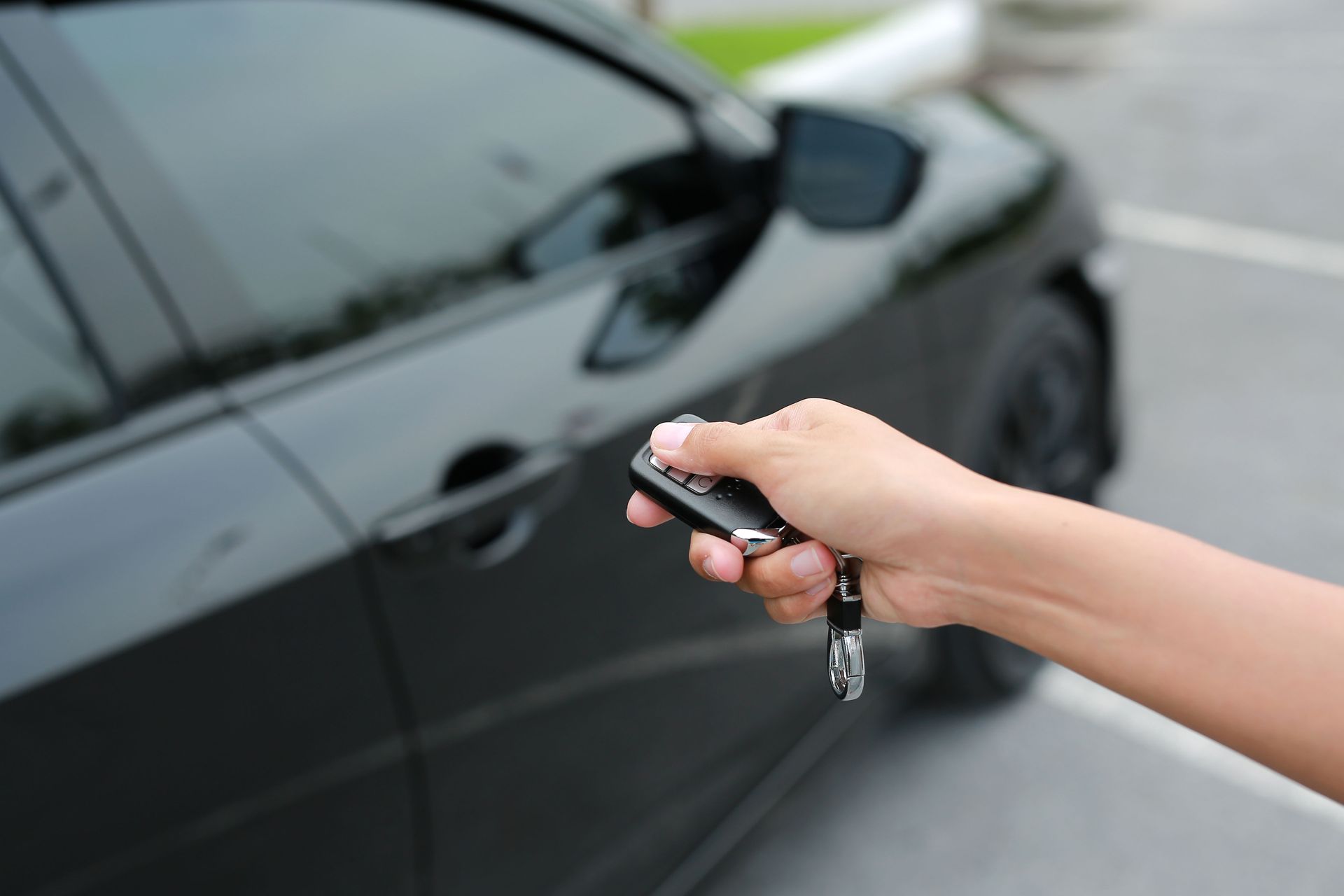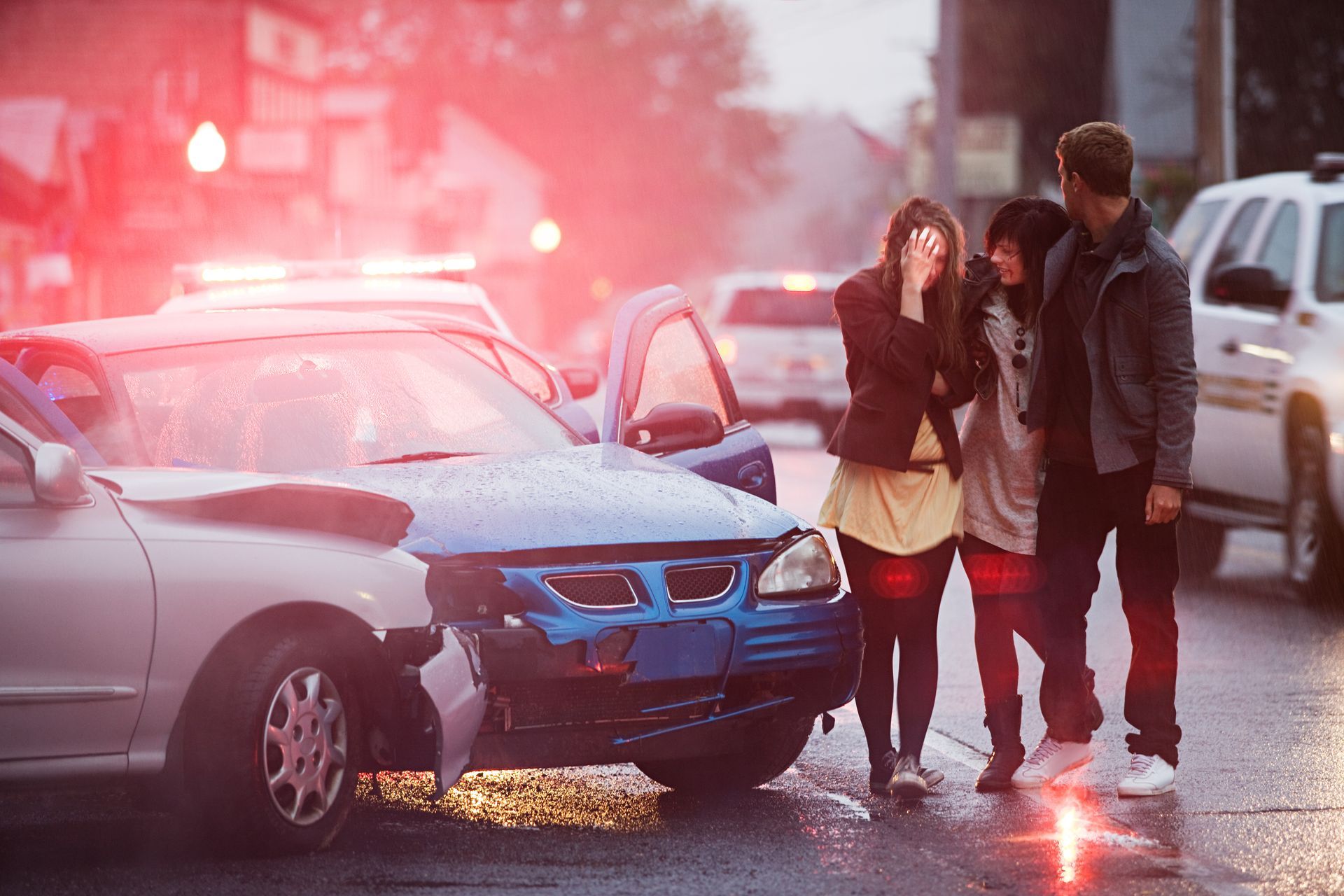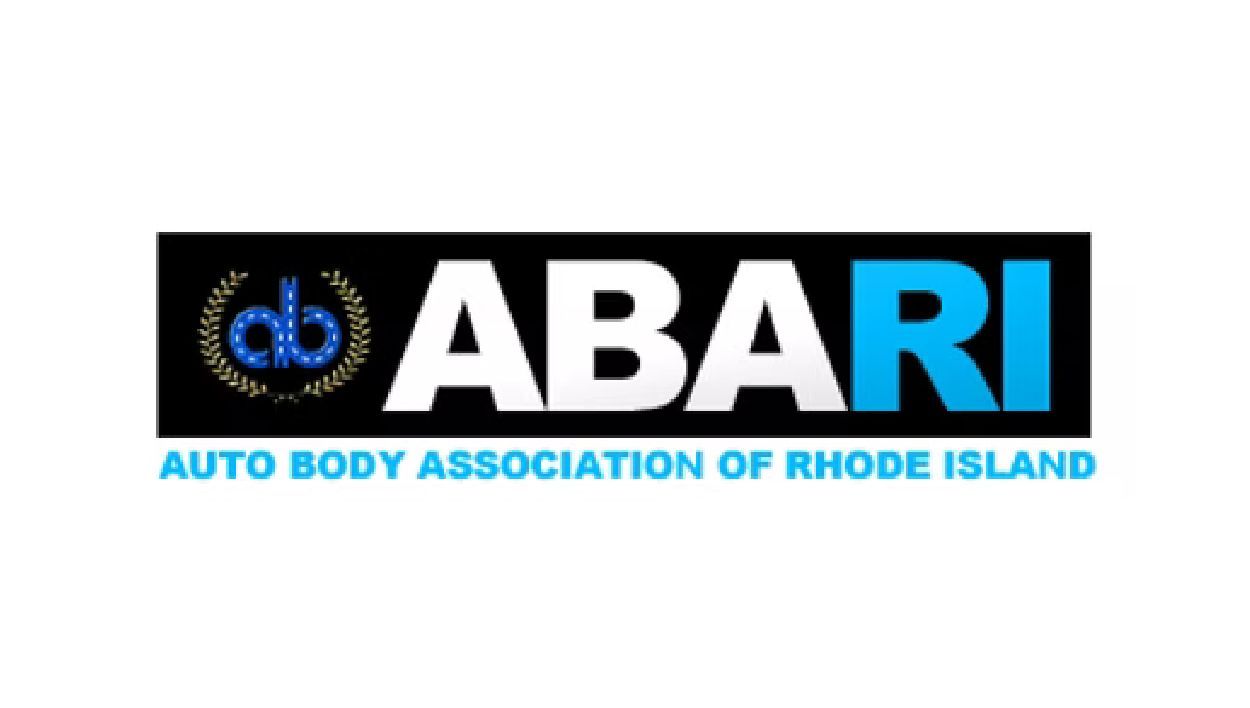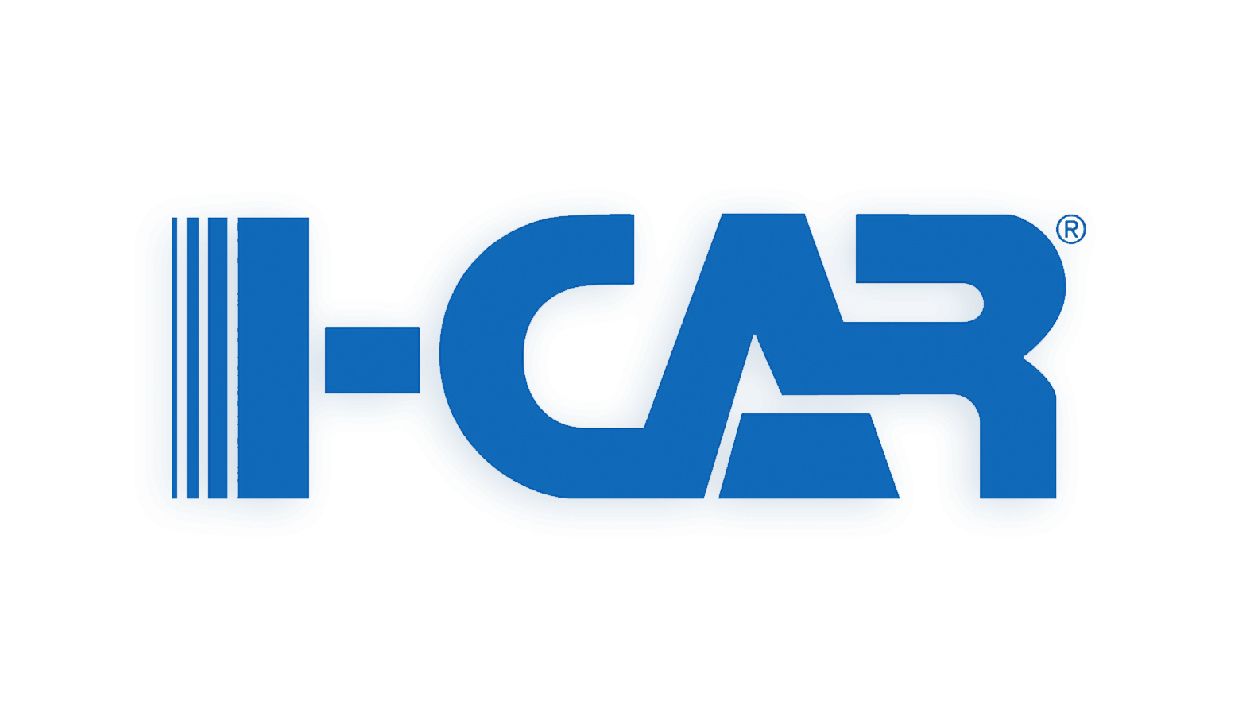June 4, 2024
Collisions are an unfortunate reality when it comes to owning a vehicle. Whether you’ve fallen victim to Mother Nature’s fury, a rogue shopping cart, or an erring motorist, damage to your car is bound to occur at some point. How well you handle these situations depends not only on your knowledge of the different types of collision damage but also on how to repair them. That’s precisely what we will explore today. From minor scratches and dents to frame damage and deep paint scratches, join us as we delve into the top 10 most common types of collision damage and share insider tips about the best automotive repair practices. Buckle up; you’re about to become your own car’s best advocate!
The top 10 most common types of collision damage include dents and dings , fender benders , scratches and paint damage, rear-end collisions, animal collisions, wheel alignment issues, diagnostic codes, accidents with pedestrians or cyclists, frame damage, and airbag deployment. It is important to address these damages promptly, as they can affect the safety, performance, and value of your vehicle.
The Top 10 Most Common Types of Collision Damage
Car collisions are commonplace and can result in significant damage to the car’s bodywork or frame. If left unaddressed, these damages can lead to more serious problems or even compromise the vehicle’s structural integrity. Here are the top 10 most common types of collision damage and how to deal with them.
- It is important to address car collision damage promptly to prevent further issues and maintain the vehicle’s structural integrity. Here are the top 10 types of collision damage and how to deal with them:
1. Dent: Dents can be repaired using various methods, such as paintless dent removal or traditional dent repair techniques. Consider hiring a professional for complex or extensive dents.
2. Scratches: Minor scratches can often be buffed out using polishing compounds or touch-up paint. For deeper scratches, it may be necessary to sand down the area and repaint it.
3. Bumper Damage: Bumper damage is common in collisions. Depending on the extent of the damage, it might be repairable or require replacement. Consult with a skilled technician to determine the best course of action.
4. Frame Misalignment: Frame misalignment can affect the vehicle’s handling and safety. Professional auto body shops have specialized equipment and expertise to realign the frame properly.
5. Fender Bender: In minor fender benders, the fender may only need minor repairs or replacement parts. It is essential to assess if any underlying structural damage has occurred.
6. Headlight/Taillight Damage: If headlights or taillights are damaged, they should be replaced promptly to ensure visibility and comply with safety regulations.
7. Window/Glass Breakage: Professionals with experience in automotive glass repair should replace or repair broken windows right away.
8. Paint Damage: Chips or peeling paint should be addressed promptly to prevent damage hast formation, which could lead to more severe damage over time. Touch-up paint or professional auto painting services can fix these issues.
9. Suspension Damage: Collisions can cause suspension components to become misaligned or damaged. Have an experienced mechanic inspect and repair any suspension issues for optimal performance and safety.
10. Airbag Deployment: In the event that airbags deploy during a collision, a qualified professional will need to replace them. Do not attempt to replace or repair airbags on your own.
Remember, it is crucial to consult with a certified body shop or mechanic to assess the damage properly and determine the most appropriate course of action for repair.
External Damages: Fender, Bumper and Paint Damages
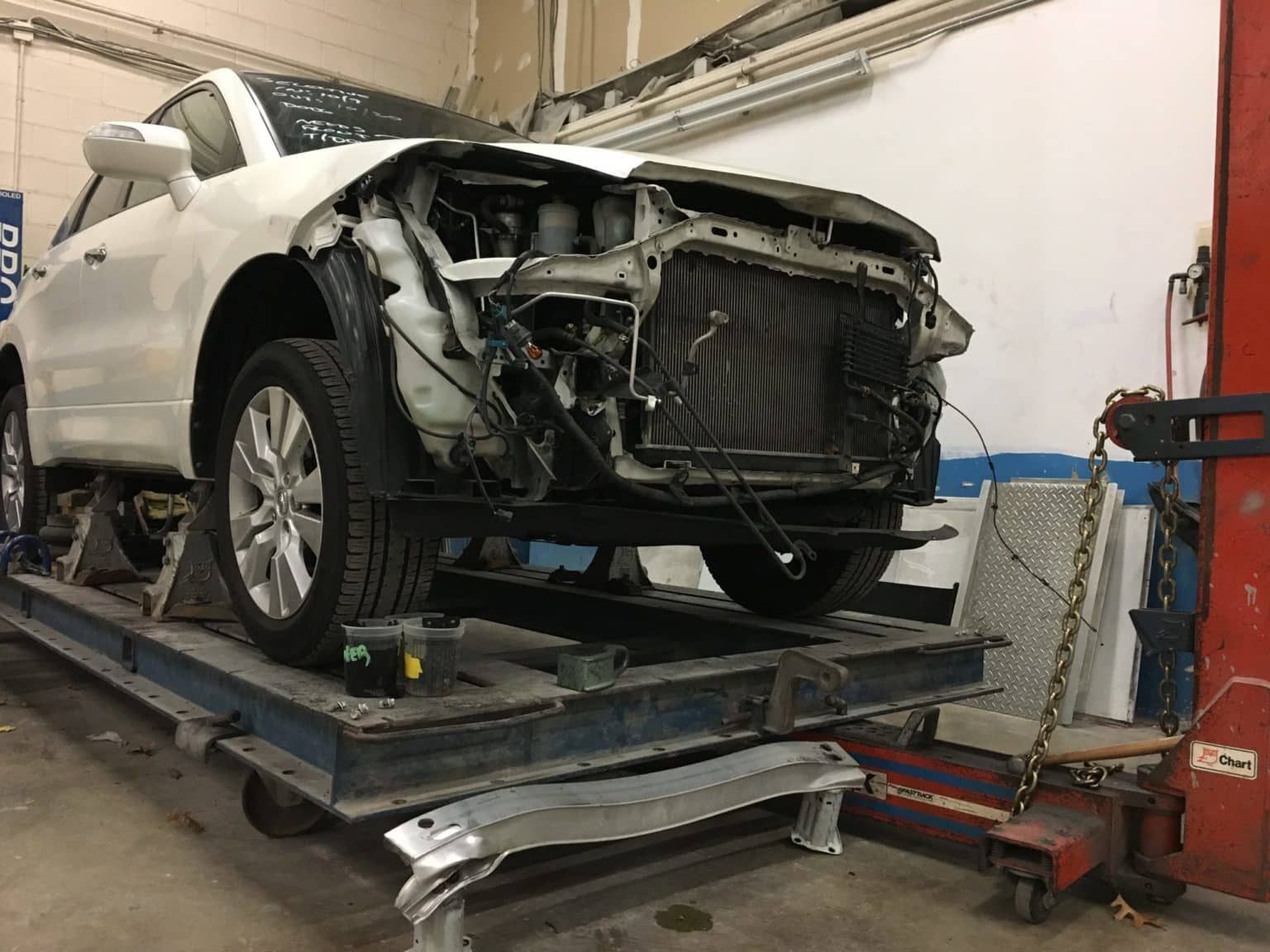
External damage is often the first thing that comes to mind when we think about car accidents. Three common types of external damages include fender and bumper damages, as well as scratches and paint chips.
Dents on fenders and bumpers may look insignificant but can cause alignment issues over time. It’s best to have them checked out by a professional auto-body shop so they can accurately assess any problems or required repairs.
Scratches, both minor and major, inflict surface damage to the paint job, which not only reduces aesthetic appeal but can progress quickly if left unchecked. Minor flaws, such as light scratches on plain surfaces, can be remedied by using buffer wheels, polishing compound kits, and microfiber towels. Deeper scratches could require additional coats of touch-up paint or even more intensive painting jobs done at an auto-body shop.
Bumper damages range from minor scratches to severe cracks resulting from accidents necessitating bumper replacement. Since bumpers protect the vehicle from more critical damage, it’s essential to repair or replace them promptly.
When it comes to paint damages like chips and scrapes on cars, they create unsightly blemishes that lower resale value over time, especially on metallic colors. Touch-up paint blends need to match existing finishes and techniques, like color sanding, which should be used for deeper scars that require additional blending.
Structural Damages: Frame, Crumple Zone, and Panel Damages
Structural damages are some of the most severe collision damages one can experience. These types of damages include frame damages, which occur when the metal supporting structure of the car gets damaged. In contrast, crumple zones absorb kinetic energy and protect passengers from injury. Panel damages refer to the dents and scratches that appear on the shell of the car.
Frame damages can lead to the car’s complete write-off if not repaired suitably, while crumple zone repair is much easier and less expensive. Typically, good bodywork expertise is required for industry-standard repairs. To get these repairs done efficiently, it is important to search for a trained technician with special equipment that measures alignment before commencing the repair.
Mechanical Damages: Suspension and Wheel Damages
While structural issues might be more apparent visually, mechanical issues tend to manifest over time through normal usage until they become severe enough to require attention or cause larger problems. Suspension damage is one such example; potholes or debris on roads may damage suspensions by breaking them down over time as vehicles travel over them. This results in bumpy rides or worse.
Wheel damage affects the tires’ structural integrity and can cause issues like vibration or uneven wear, requiring replacement depending on severity. It commonly occurs due to contact with curbs or objects on roads during accidents.
To ensure reliable long-term vehicular performance, always enlist a trustworthy automobile technician capable of making adequate repairs.
If you’re a DIY enthusiast who prefers doing things yourself when it comes to minor collision damages, this next section will give you valuable insights.
DIY Repair Guides for Minor Collision Damages
Minor collision damages, such as scratches and dents, can easily be addressed without professional assistance. While not all vehicle owners are knowledgeable of car repairs, some fixes are effortless to carry out with the right tools and resources at disposal.
Use touch-up paint that is available at auto shops or dealerships for minor scratches. A chip can gradually develop into rust, so it’s best to tend to it as soon as possible.
Similarly, lighter scratches on clear coats can be buffed out using a soft pad or microfiber towel after cleaning the affected area with soapy water.
However, deep scratches require more intensive care. It is recommended to sand the area lightly and apply primer before painting the damaged area.
Dents are another common type of collision damage which some vehicle owners might attempt to fix themselves. The difficulty level depends on where the dent is located. Dents on flat surfaces are relatively easy compared to those found on body lines.
When to Seek Professional Help for Collision Damages
It’s not always possible to repair collision damage by following a DIY guide. Sometimes vehicle collisions can lead to significant damage that requires the expertise of professionals in auto body repairs.
It’s essential to note that fender benders that might seem minor can still result in hidden structural damage that only an experienced technician can identify and rectify.
Accidents that involve airbag deployment, damaged frames or windows, or electrical systems may require complex equipment and skills that only certified professionals possess.
If your vehicle has diagnostic codes throwing light on undiagnosed underlying issues causing problems such as check engine light warnings, it’s crucial to seek professional help.
Always use your judgment and common sense when assessing damage after a collision. Seek estimates from professionals and choose the best option based on cost-effectiveness, quality of workmanship, and convenience.
Preventing Common Types of Collision Damages
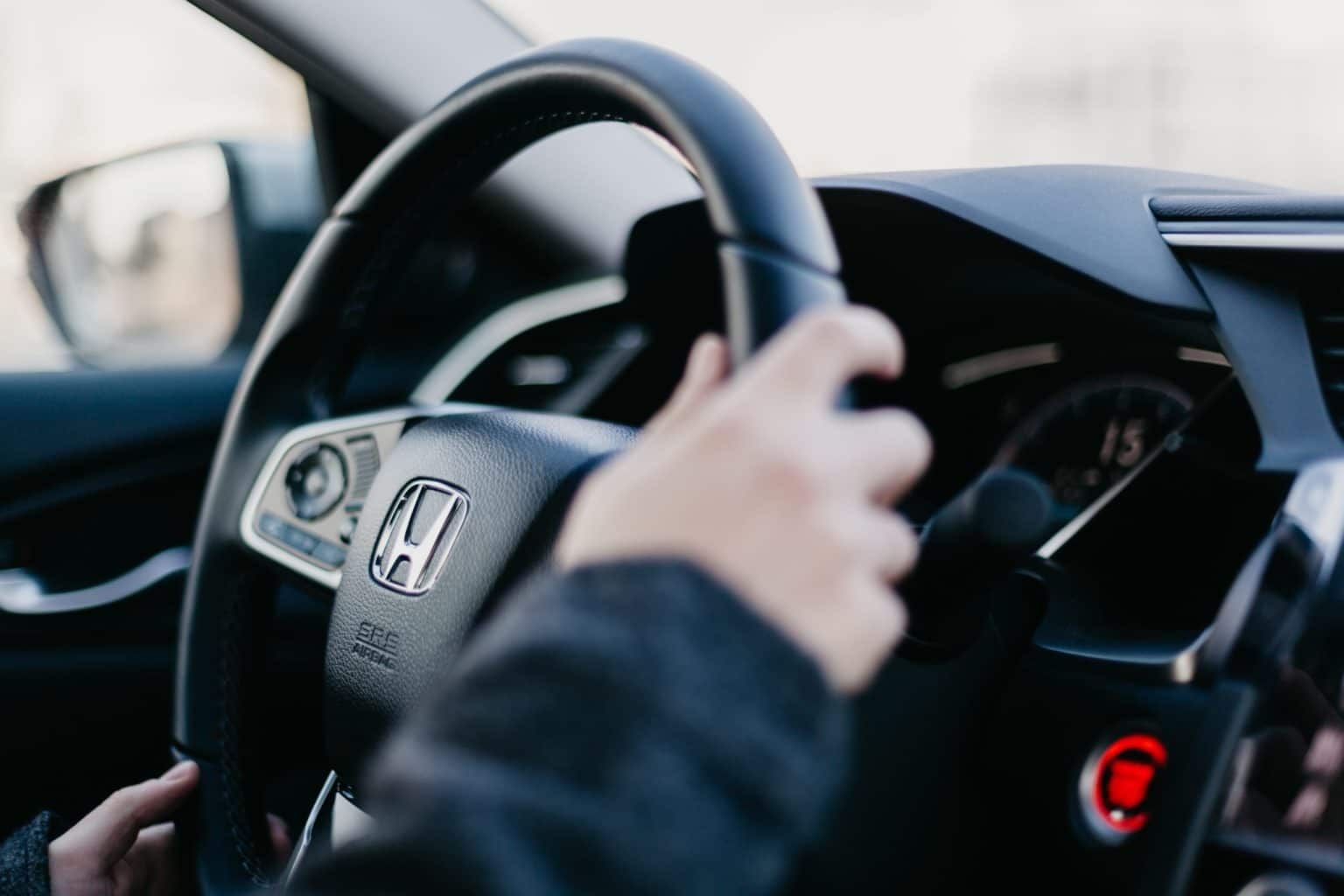
Nobody wants to have their car damaged in a collision, so it’s essential to take the necessary steps to prevent them from happening. While some collisions may be unavoidable, there are measures you can take to reduce your risk. Here are some tips for preventing the most common types of collision damage.
Let’s start with fender benders. These minor mishaps occur when you hit another vehicle or object at low speed, causing little visible damage but potentially causing harm or injury. You can avoid them by maintaining a safe distance between your car and others on the road. Always keep your attention focused on driving and avoid any distractions, such as texting or eating, while behind the wheel.
Similarly, animal or wildlife collisions can be dangerous and costly. As much as possible, you should always drive cautiously in areas where animals may cross the road. Such as rural areas or near wooded regions. Keep an eye out for warning signs that indicate these areas and consider slowing down to give yourself time to react if necessary.
Rear-end collisions are also common and usually happen when drivers follow too closely or don’t pay enough attention while driving. To prevent this kind of damage, always maintain a safe distance between you and the vehicle in front of you. It’s crucial to give yourself enough room to brake suddenly in case of an emergency.
Wheel alignment issues are another problem that can lead to collision damage down the road. If your vehicle is not aligned correctly, it will handle poorly. It will be more likely to veer off course unexpectedly, particularly at high speeds. Ensure that a professional mechanic regularly checks your wheels.
Finally, we have scratches, dents, and paint damage that often occur due to poor parking practices. Always choose parking spaces that provide plenty of room for maneuvering and park far away from other cars whenever possible.
Remember, preventing common types of collision damage starts with being proactive and paying attention to your surroundings while on the road. Keep your eyes open for potential hazards and make sure you’re always in full control of your vehicle at all times. With these tips in mind, you’ll be well on your way to avoiding costly collisions and keeping yourself and your car safe.
Navigating Collision Damage: What’s Next?
Understanding the various types of collision damage can help you make informed decisions about vehicle repairs. At Ken Rocha Collision , we specialize in addressing all forms of collision damage with precision and care. If you’ve learned something new from our guide on the top 10 most common types of collision damage, let us help you take the next step. Contact us today for a comprehensive assessment and tailored repair solutions . Our experienced team restores your vehicle to its optimal condition, dedicated to delivering exceptional results. Don’t let collision damage disrupt your life— reach out to Ken Rocha Collision for expert assistance now.
The post The Top 10 Most Common Types of Collision Damage appeared first on Ken Rocha Collision.

